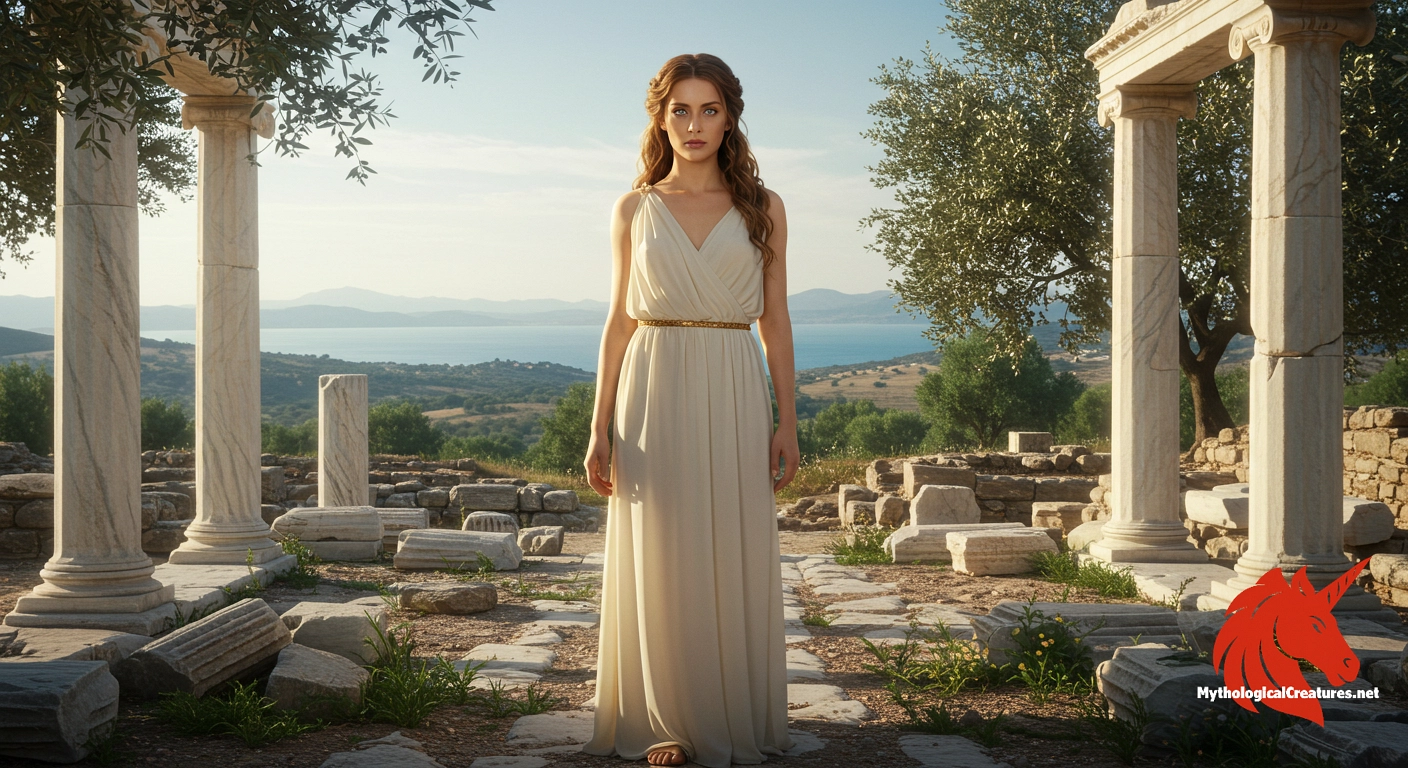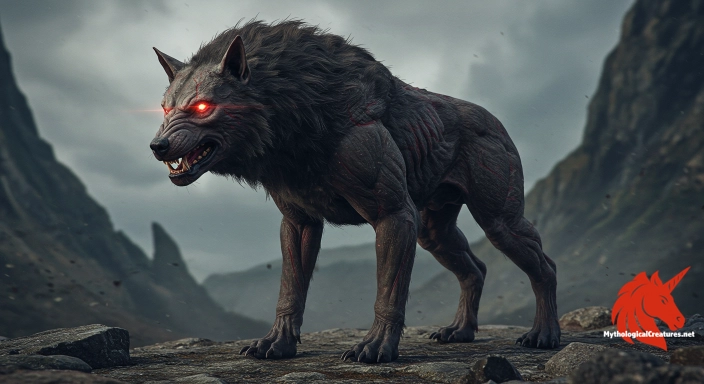Helen of Troy: Helen of Troy, renowned as the most beautiful woman in Greek mythology, was a pivotal figure whose allure sparked the Trojan War.

Helen of Troy
Helen of Troy - Her abduction and ensuing events have shaped the narratives of ancient Greek art, literature, and cultural identity
Origins & First Encounters
Helen of Troy emerges in ancient lore as an enigmatic figure whose beauty and complex heritage have transcended the boundaries of time. Born of divine and mortal elements, her origins—often attributed to Zeus and Leda or occasionally to Nemesis—infuse her with an aura of both grace and mystery. Her early life is shadowed by tales of abduction and fateful suitors, setting the stage for a destiny intertwined with the grand narratives of Greek heroic epic. The union with King Menelaus of Sparta anchors her firmly within a world of regal politics and familial bonds, even as her later involvement with Paris propels her into the centre of monumental conflict. Her story is as much a cautionary tale as it is a celebration of cosmic beauty, where personal allure becomes the pivot around which empires rise and fall. In the vibrant cultural landscape of ancient Greece, Helen was both revered and reviled, embodying the paradox of idealised beauty that heralds both salvation and ruin. Her mythic presence is emblematic of the tension between personal desire and political obligation. With each retelling, she has been reinterpreted to reflect the values and anxieties of her beholders, making her a timeless and multi-dimensional icon. The enduring fascination with her life reflects deeper questions about the nature of beauty, the capricious will of the gods, and the inevitable clash between human passion and fate.
Source Texts & Tale Variants
The narratives surrounding Helen are preserved across a broad spectrum of ancient texts, each offering its own unique perspective on her character. Epic compositions, such as Homer's Iliad and Odyssey, provide foundational accounts that balance her allure with emotional depth and regret. Tragedians like Euripides wove her into dramatic plots that explored the moral complexities of love and duty, while satirical voices such as Aristophanes sometimes skewered the societal implications of her famed beauty. Virgil’s Aeneid further enriched her story, situating her within a Roman reimagining of Greek legend. Diverse accounts even mention her early abduction by Theseus, highlighting the variability in her origin story. The multiplicity of sources ensures that her narrative is not monolithic but filled with variations that mirror the changing sensibilities of different eras. Oral traditions also played a pivotal role in shaping her persona, allowing her legend to be adapted as it traversed the Mediterranean world. These differing retellings underscore the dynamic interplay between myth and memory, where each version brings forth new facets of her enigmatic character. The complex tapestry of texts reminds us that Helen's story is not simply a chronicle of events but a living myth subject to endless reinterpretation.
Form & Powers
In every depiction, Helen is celebrated as the paragon of physical perfection, her beauty so profound that it seems to defy the ordinary. Classical portrayals envision her with eyes as luminous as the clearest Aegean waters and a countenance marked by flawless symmetry. Her cascading hair, often rendered as a golden veil, frames a face that balances a look of serene calm with an undercurrent of tragic intensity. The details of her form in ancient sculpture and vase painting evoke an ethereal quality, suggesting a presence both divine and exquisitely human. Artistic depictions frequently highlight a lithe and graceful posture, with every subtle curve and line meticulously crafted to enhance her legendary charm. Her features are rendered with an almost superhuman precision, capturing both softness and strength in a single, compelling image. Observers over the centuries have marveled at how her visage manages to encapsulate both joy and sorrow, radiating a light that seems to illuminate the darkest corners of myth. In every medium, from the chisel of a sculptor to the stroke of a painter's brush, Helen’s beauty is portrayed as the definitive standard against which beauty is measured. Such images have not only immortalised her physical form but have also elevated her portrayal to that of a timeless symbol of the ultimate ideal.
Regional Faces
The lore surrounding Helen of Troy is as varied as the regions that embraced her myth, each adding its own distinctive embellishments to her legend. In the region of Laconia, particularly in Sparta, local cults venerated her alongside Menelaus, transforming her image into an integral part of regional religious rites. Attica and Rhodes, for instance, infused her narrative with both celebratory and tragic overtones, reflecting local beliefs about fate and divine justice. These regional interpretations often altered the emphasis of her character, sometimes portraying her more as a self-determined figure rather than a passive symbol of beauty. Local festivals and shrine rituals celebrated her presence, each community adapting her story to mirror their cultural priorities and spiritual yearnings. In some locales, the emphasis was on her role as a catalyst for war and change, while others revered her as an embodiment of celestial grace. The regional variations underscore the dynamic interaction between myth and the social context in which it is told, highlighting how her legend could be tuned to local sentiment. Such adaptations not only enriched the myth but also allowed her to be reimagined across different cultural landscapes, making her as much a local heroine as she was a pan-Hellenic icon.
Cultural Parallels
When comparing Helen to analogous figures across different mythologies, her narrative consistently emerges as a study in the duality of beauty and catastrophe. Like other mythic icons—such as Cleopatra in later historical narratives or the goddess Aphrodite in the realm of divine love—Helen's beauty is a double-edged sword capable of inciting both adoration and discord. Many cultures have woven similar tales where irresistible charm leads to profound societal shifts or direct conflict, casting these figures as both benefactors and harbingers of destruction. The thematic resonance between Helen and other legendary figures, like the tragic seductress archetypes found in various traditions, highlights universal questions about the nature of desire and the price of beauty. In literary traditions from East to West, her image is often juxtaposed with that of the idealised, otherworldly being whose mere presence ushers in turmoil. This cross-cultural dialogue reinforces the notion that Helen is not merely a historical character but a symbolic repository for the fears and aspirations shared across civilizations. Comparative analysis reveals that her story aligns with a recurring motif: the merging of the ethereal with the mortal, physics with fate, which has captivated audiences worldwide. By drawing parallels with a diverse array of figures, we begin to see her not as an isolated myth but as part of a broader, interconnected tapestry of legendary beauty and its collateral consequences.
Legacy & Modern Evolution
Over the course of centuries, Helen’s image has been continually reshaped to mirror the evolving values and artistic aspirations of successive generations. In the classical world she was immortalised as an almost divine beauty whose influence extended far beyond personal allure, serving as a catalyst for epic wars and moral reflection. As art and literature traversed the Middle Ages and Renaissance, her story was reinterpreted to reflect changing attitudes towards women, power, and the interplay between desire and duty. Modern portrayals frequently examine the tension between victimhood and agency, often rethinking her role as both a willing temptress and a pawn in the divine machinations of fate. Contemporary literature, film, and visual arts have embraced her narrative as a means to explore themes of beauty, identity, and the burdens of expectation. Helen continues to inspire debate over the nature of culpability in myth, where the line between personal responsibility and predestined tragedy remains blurred. Her legacy, therefore, is not static; it evolves as each new generation rediscovers the layers of her character. Iconic lines such as the one from Christopher Marlowe’s play echo her timeless presence, reminding us that her beauty launched a thousand ships and reshaped the very course of history. In modern scholarship and popular culture alike, Helen represents both a muse and a mirror, reflecting the eternal complexities of beauty, desire, and downfall.
Interesting Fact
Helen's legend demonstrates how a single individual's extraordinary beauty can influence the course of history, evoking both admiration and catastrophe.
Quick Creature Info
Origin:
Features:
Our Mythic Legendary Rating:

Also Sometimes Known As:
Habitat:
Supernatural Powers:
Physical Attributes:
Abilities:
Behavior:
Lore:
Related Creatures, Tales or Lore
- AAphrodite
- PPandora
- GGuinevere
References
Discover Another Mythical Legend You May Not Have Heard Of?
Uncover the mysteries of ancient folklore and expand your knowledge of legendary beings from cultures around the world.
Dare to Meet the Garmr....
Mythical Disclaimer: The images and data on this site are derived from various historical and literary sources, but we have found that many myths often have multiple versions and interpretations across references, sometimes contradictory. As a result, these creature depictions are artistic interpretations—imaginative blends of folklore, legend, and a dash of AI guesswork. Because creature descriptions vary widely, our illustrations and accompanying information represent our best effort to honor mythology while bridging creative gaps. Enjoy these interpretations—just remember, we've done our best to respect the stories and validate available data, but in the realm of mythology, details often shift, imagination leads the way, and nothing is ever set in stone!
Curated by the Mythological Creatures Team (rev. May 2025)
